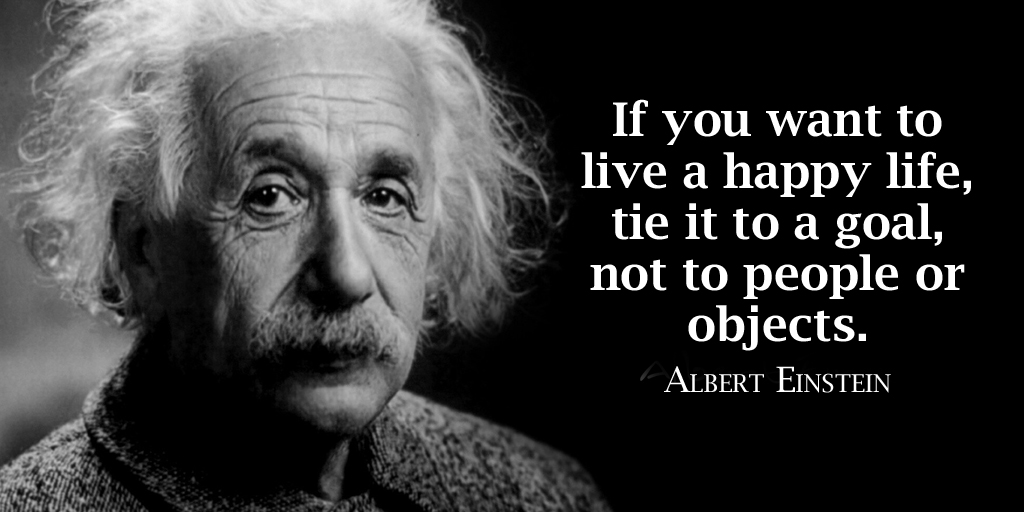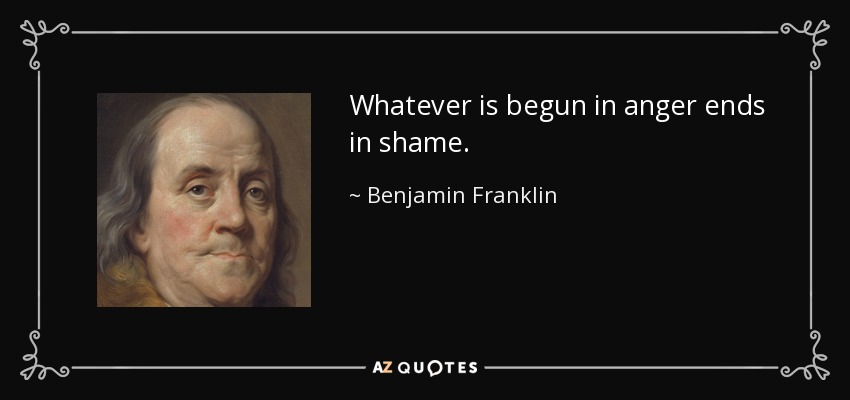Can’t get mad at inanimate objects
“We hold these truths to be self-evident, that all men are created equal, that they are endowed by their Creator with certain unalienable Rights, that among these are Life, Liberty and the pursuit of Happiness.”
–Committee of the Whole of the Second Continental Congress on July 4, 1776. The second paragraph of the first article in the Declaration of Independence
Happiness. What is Happiness?
Is it experiencing life at a higher level of pleasure than usual? Is it the avoidance of pain?
This chapter is about a phenomenon I experience, and wish to see if others have as well. It is the experience that leads me to get “mad” and how it comes about. Specifically, the chain reaction that leads to getting “mad” – which once you measure and observe – you can also control and avoid.
Here is a description of a day in the life of someone, before learning about this phenomenon:
You wake up in the morning, and say you own a dog. You go to the kitchen, and you see that the dog ate the food you planned to have for breakfast. You call the dog in a nice a calm voice, and tell it you found out your food is gone, and it should not have done this. Bad dog…
A few moments later, you realize the dog left you a surprise by the front door (probably after eating your food, which it is not used to eating…)
You call the dog in a stern voice, and order it to go out and take care of business outside. Of course its too late for that. Because you are focused on the cleanup, and that you usually have a different routine for your morning… you open the front door only to be startled by the alarm you set the night before.
Now the alarm is wailing, everyone in the household are up, frazzled, the dog is barking, and the alarm company is calling you for the pass-code to make sure you are not an intruder…
You kid comes out of their bedroom crying and scared, not knowing what is going on. The phone rings, the security representative is asking for the pass-code, your kid is crying, the dog is barking… and you can only blurt out in a terse tone: “I don’t remember…”
That is not a happy morning, is it?
Here is an attempt to deconstruct this chain reaction, so you can observe it as a witness, and when a similar chain reaction happens to you – you can stay cool, calm and collected. You can experience happiness.
To illustrate, let’s say that when you wake up in the morning, your brain is reset. You are not happy nor sad/upset. Your “happy gauge” is reading zero or neutral. Say that each thing that happens to you, each “transaction” can either bring this gauge up or down. Much like gravity is pulling you down to earth, without you seeing it in action.
When you discovered that the dog ate your food, your happy gauge went down to -2. This score is not out of bounds, but it also did not contribute to your mood being happier. When you discovered the dog also left you a surprise to clean, your happy gauge went down to -5. It is now in yellow territory for sure. When the alarm went off, a chain-reaction of unhappiness began:
1) You got startled, so you are now at -6
2) Then you realized your actions will startle others, and wake them up… -7
3) Dog is barking, kids is crying, rep is asking you to remember something at the most inopportune moment… -9
You get the picture.
What if, we observed this happy gauge more closely? We identified where we are on it, and make life decisions based on it?
Here is another example:
You went to work, and had a very rough day… your team missed the quarter. Your boss is not happy with the direction things are going, you discovered a competitor is stealing one of your employees, the meeting with a prospect went south and there was a heated debate about some topic you can’t even remember…
Now, you come home after this day, tired, hungry and frustrated and your happy gauge is in the flashing red zone, and it reads -12 BEFORE YOU EVEN GET INSIDE THE HOUSE.
You open the door and you find that the food you planned to eat for dinner was eaten by your dog…
What do you think your reaction will be now?
In chapter 17, we reviewed how any event, causes you to ascribe a meaning, which evokes an emotion, and ultimately a reaction.
The same applies here, and your reaction could be very strong to the same event, depending on your happy gauge reading.
You will react differently to the SAME event or situation, depending on your happy gauge reading, at the moment you experienced the event.
While seeing your food eaten by your dog right after you woke up, when your system is reset and your happy gauge reads 0, your reaction may be tame. If you see the same event when your gauge reads -12, you may resort to doing things you will ultimately regret.
I use a dog example, to illustrate what happens with an object that is not human. Something that is not trying purposefully to make you unhappy. A dog only knows how to be a dog, it is unlike an adult human who can try deceive you, or make you unhappy on purpose.
If we lowered the object’s conniving abilities, we would end up with an inanimate object. Like your front door, or a bowl etc.
Here is my formula for the happy gauge, based on the laws of preservation of energy. See if this resonates with you, and try to run your own life experiments and see if you get happier.
When you wake up, you reset your happy gauge. Said differently, you maximize your ability to suffer setbacks without it getting you to the red zone. If you own a pet, that is animated, you agreed as part of this relationship to some “animated problems”. Hopefully with limits, but the truth is, no one knows. Dog can eat your food, chew the sofa, knock your computer, do their business on the carpet and other fun things.
Thus, if you have children, when they turn from inanimate bundles of joy, to animated bundles of joy – you should expect and accept the same animated problems. In fact, a kid may exceed your imagination with what all they can do, especially when you told them not to.
While you have low expectations from the pet, you will have higher expectations from the kid. Why? because they are human, and they are your kid, and they have the capacity to listen and obey. So you may get more upset when they eat your food, or paint on your walls, or…
If you observe your happy gauge, your inner ability to handle the situation – you may save yourself from unhappiness. You may save yourself from reacting to situations, sometimes even with violence, which you will regret. It is better to walk away, knowing that you are incapable of handling the situation, based on your current happy gauge reading. It is best to handle them when you are in the green zone – and you can handle anything.
In fact, try to observe that you can handle things pretty well, until they hit you in a row. Meaning, you can handle a setback, and if nothing else happens for an hour – you get back to normal. Yet, if you are hit by three small setbacks in a row, they amass in your mind into one big issue – which can drag you to the red zone.
Lastly, you may be in the red zone, and bump into the carpet which makes you stumble. You may think to yourself “stupid carpet… being in my way…” Yet, this carpet was just being itself. Not trying to trip you, not a human who is pulling a prank on you… just an inanimate object that YOU stumbled into.
If its an inanimate object, you can’t get mad at it. Not one bit.
Click here for Chapter 31
References and Quotes:
Your Dog Doesn’t Trust You When You’re Angry
TED Talk – Stumbling on Happiness


